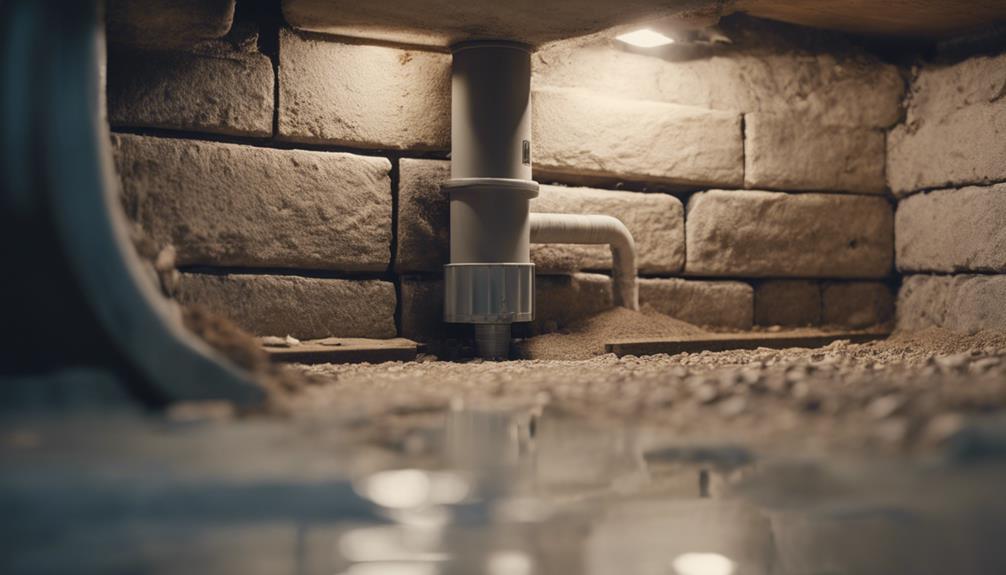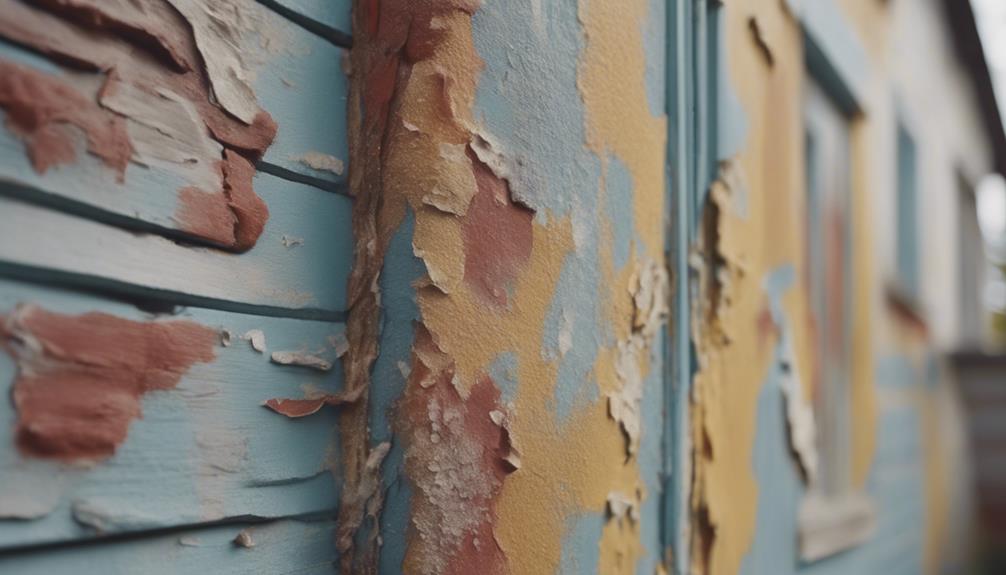If you're seeing water stains, musty odors, or peeling paint in your basement, plus heavy rain causing water pooling, or exterior puddles near your home, interior drain tile could be essential to prevent flooding. Interior drain tile manages hydrostatic pressure and protects from seepage, keeping your basement dry and healthy. Professional assessment is key for tailored solutions, as DIY attempts may lead to errors. Interior drain tile is cost-effective, efficient, and saves on installation. Opting for professional installation ensures a warranty and long-term reliability. Discover more benefits and tips for proper water management to safeguard your basement's health and your peace of mind.
Key Takeaways
- Interior drain tile is crucial for managing rising groundwater and preventing basement water seepage.
- Professional assessment determines the need for interior drain tile based on water infiltration issues.
- DIY installation risks errors and mold growth, while professional installation ensures reliability and warranty.
- Proper drainage with interior drain tile saves money, manages hydrostatic pressure, and maintains a dry basement.
- Interior drain tile is cost-effective, efficient, and a year-round solution compared to exterior waterproofing systems.
Signs of Water Damage
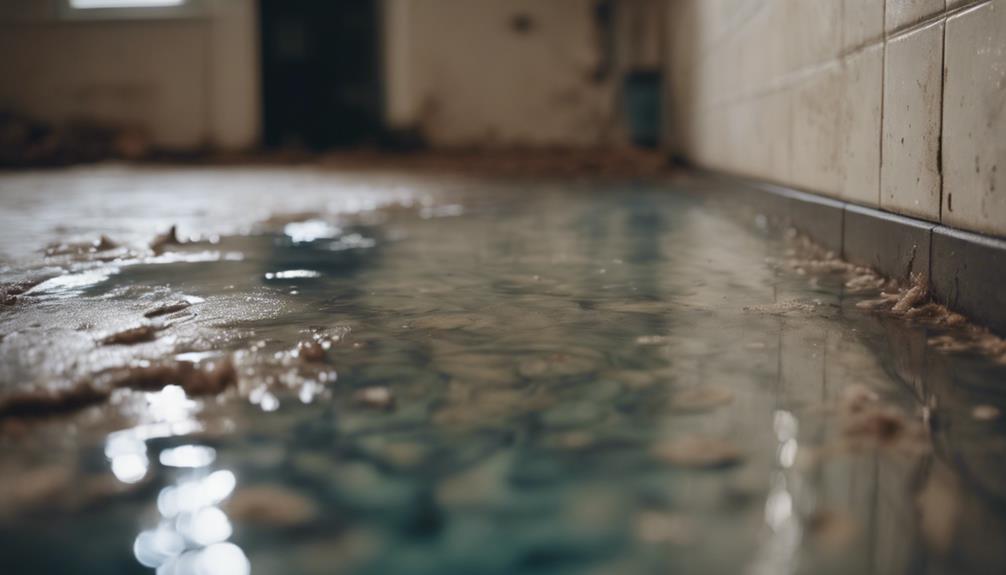
If you notice water stains on your basement walls, it's a vital sign that interior drain tile may be necessary. Water damage can wreak havoc on your home, and these stains are often an early indicator of potential flooding issues. Signs of water damage, like musty odors or peeling paint, can accompany these stains, further emphasizing the necessity for interior drain tile.
When heavy rain leads to water pooling in your basement, it's time to contemplate this important solution. Exterior puddling against your house can also signal that water isn't draining properly, making interior drain tile essential for preventing future damage.
Flooding in your basement should never be ignored, as it could signify a serious need for interior drain tile installation. By addressing these signs promptly, you can protect your home from extensive water damage. Keep an eye out for any indication of water infiltration, and consider interior drain tile to safeguard your basement from potential flooding disasters.
Importance of Proper Drainage
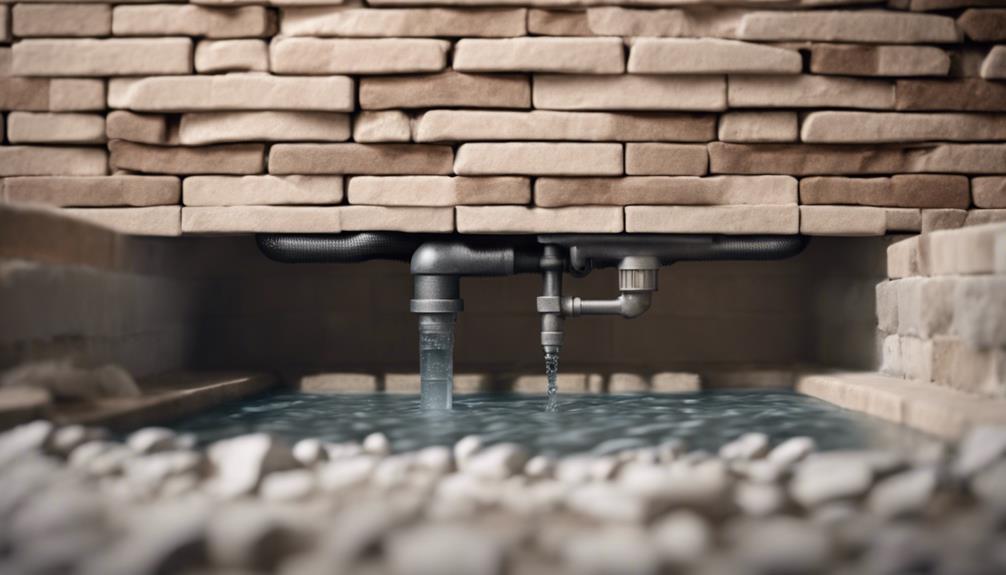
Proper drainage is essential for managing rising groundwater, relieving hydrostatic pressure, and preventing seepage through basement walls. When it comes to maintaining a dry and healthy basement environment, the significance of a well-functioning drainage system can't be overstated.
- Preventing Seepage: Interior drain tile plays a vital role in preventing water from seeping through basement walls, reducing the risk of water damage and mold growth.
- Managing Hydrostatic Pressure: By providing an efficient pathway for water to flow away from your foundation, interior drain tile helps relieve hydrostatic pressure, minimizing the chances of cracks and leaks.
- French Drains: Incorporating French drains into your drainage system can further enhance water removal, directing excess water away from your home's foundation.
Professional Assessment and Recommendations
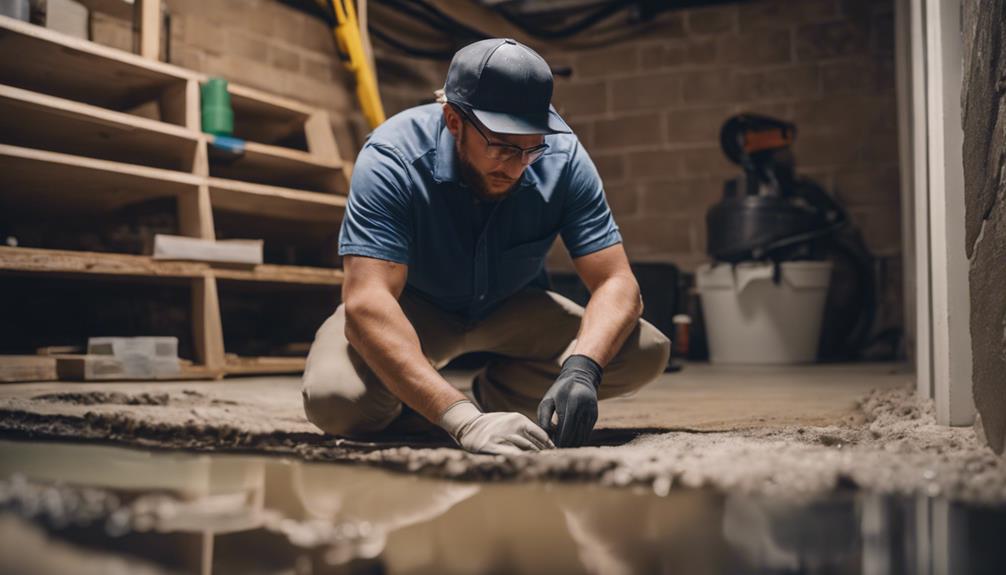
For a thorough evaluation of your basement's water infiltration issues and expert recommendations on interior drain tile, consulting with professionals is essential. These experts can assess factors such as rising groundwater, hydrostatic pressure, and concrete wall seepage to determine the most effective waterproofing solution for your basement. By seeking professional assessment, you can gain valuable insights into the benefits of installing interior drain tile and understand the costs, installation process, and long-term effectiveness associated with this basement waterproofing technique.
To help you visualize the importance of a professional assessment, consider the following comparison table:
| Aspect | Professional Assessment | DIY Assessment |
|---|---|---|
| Rising Groundwater | Expert evaluation for accuracy | Limited understanding |
| Hydrostatic Pressure | Detailed analysis provided | Potential oversight |
| Concrete Wall Seepage | Thorough inspection | Surface-level check |
| Recommended Solution | Tailored advice for your needs | Generic suggestions |
Professional recommendations play a key role in guiding you towards the most suitable waterproofing solution, ensuring that your basement's unique requirements are met effectively.
Benefits of Interior Drain Tile
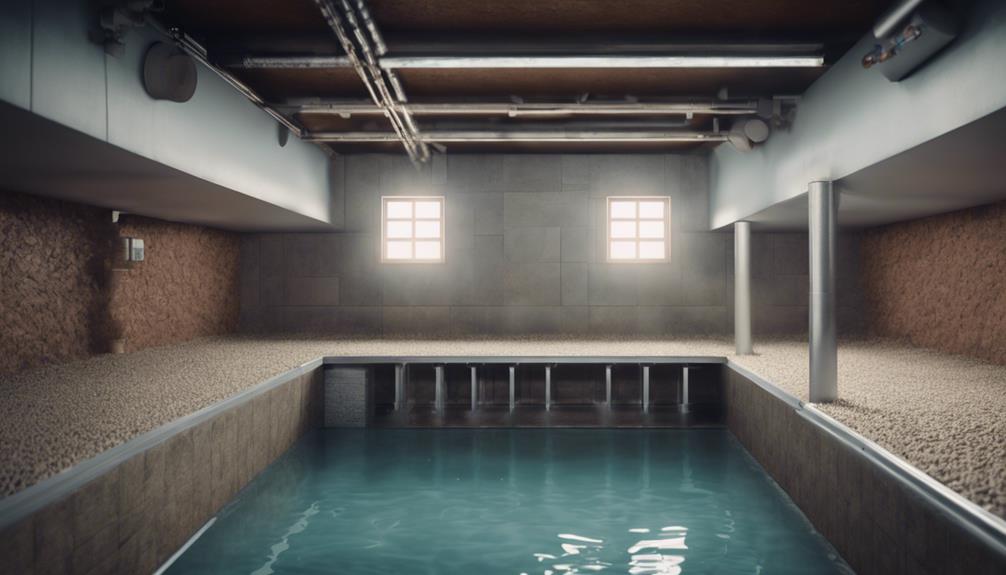
Discover the cost-effective and efficient benefits of interior drain tile for managing rising groundwater and relieving hydrostatic pressure in your basement. Interior drain tile offers several advantages for waterproofing and maintaining a dry basement:
- Cost-effective Solution: Interior drain tile provides an affordable option for capturing rising groundwater and preventing water seepage without the need for extensive exterior excavation, saving you money on installation costs.
- Year-round Feasibility: The installation of interior drain tile is quick and feasible throughout the year, as it doesn't require excavation outside the foundation walls, allowing for timely waterproofing solutions.
- Efficient Choice: With a lower cost compared to exterior waterproofing systems, interior drain tile is an efficient choice for many homeowners seeking to address basement water issues promptly.
Consider the benefits of interior drain tile for effective waterproofing and water management in your basement.
DIY Vs Professional Installation
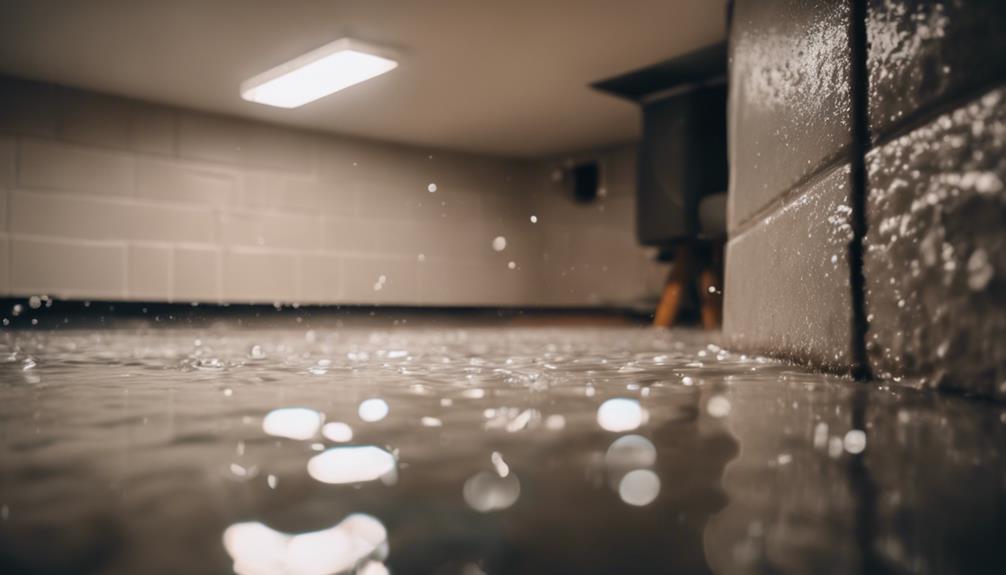
Considering whether to tackle interior drain tile installation as a DIY project or hire a professional is crucial for guaranteeing the long-term effectiveness of your waterproofing solution. Professional installation of interior drain tile offers a warranty of proper function and effectiveness. Experienced professionals can customize the system to suit your home's specific needs, providing tailored solutions.
On the other hand, DIY installation may lead to errors, increasing the risk of water seepage and potential damage. Incorrectly installed drain tile systems by DIY attempts can also elevate the risk of mold and mildew growth, posing health hazards. Investing in professional installation might seem like a larger upfront cost, but it can prevent costly repairs and damages in the future.
When it comes to safeguarding your home against water seepage, professional installation of interior drain tile is a wise choice that ensures a reliable and durable waterproofing solution.
Frequently Asked Questions
Is Interior Drain Tile Worth It?
Installing interior drain tile can be a smart move for managing rising groundwater and keeping your concrete walls dry. It offers a cost-effective solution without the hassle of exterior digging.
While it's generally cheaper than exterior options, consider that it may not be suitable for finished basements due to the need for concrete removal. Additionally, accessibility during installation can be a challenge.
Weigh the pros and cons carefully before making a decision.
Is Drain Tile Needed?
If you're dealing with water in your basement after heavy rain, it may be time to think about interior drain tile. This system efficiently manages rising groundwater and helps prevent seepage in your concrete walls.
Professional inspection is essential for malfunctioning sump pumps or drainage systems. Interior drain tile is cost-effective and quicker to install than exterior systems.
Consulting with professionals can help determine the best solution tailored to your specific needs.
What Does Interior Drain Tile Do?
Interior drain tile is a fantastic solution for basement water issues. It captures rising groundwater, reducing hydrostatic pressure, and preventing water seepage through walls. Installation doesn't involve digging up your yard, keeping things quick and easy.
Plus, it's usually more budget-friendly than exterior options. Just note, for finished basements, the process might require concrete removal. Overall, interior drain tile is a smart choice to keep your basement dry and cozy.
Does Drain Tile Go Inside or Outside Foundation?
When it comes to drain tile, you might wonder if it goes inside or outside the foundation.
Interior drain tile systems run along the basement's footing to manage groundwater. They help reduce pressure and prevent water seepage through basement walls.
Exterior drain tile systems, on the other hand, are installed outside the foundation. Each system has its benefits and installation requirements, so it's crucial to contemplate which option suits your needs best.
Conclusion
In summary, interior drain tile is like a superhero for your basement, swooping in to save the day from water damage. It's essential for keeping your home safe and dry.
Whether you choose to tackle the project yourself or hire a professional, make sure to address any signs of water damage promptly.
With proper drainage in place, you can rest easy knowing your basement is protected from leaks and floods. So, don't wait – let interior drain tile be your home's trusty sidekick!
